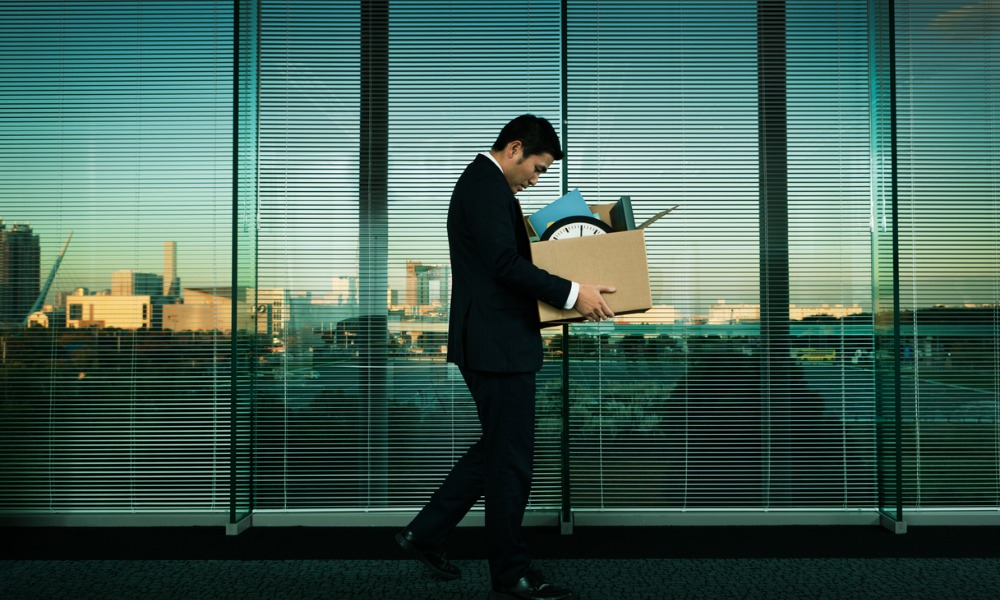
'All key indicators still point to a tight labour market'

Australia's unemployment rate reached 3.7% in July as the number of employed people took a dip, according to data from the Australia Bureau of Statistics (ABS). Unemployment rate went up 0.2% from the historic low of 3.5% recorded in June, as the number of unemployed people increased by 36,000 and employment dropping by around 15,000 people.
"The fall in employment follows an average monthly increase of around 42,000 people during the first half of this year. Employment is still around 387,000 people higher than last July," said Bjorn Jarvis, ABS head of labour statistics, in a media release.
"While unemployment increased by 36,000 people in July, to 541,000, it was still around 172,000 lower than before the pandemic."
According to Jarvis, it is also important to consider that the month of July includes the school holidays, as well as the changes in how people take their leave and start or leave a job.
Meanwhile, monthly hours worked increased 0.2% in July, which partly reflects fewer people than usual taking leave during school holidays, according to the ABS.
"The strength in hours worked shows that it continues to be a tight labour market. Hours worked were 5.2% higher than in July 2022, well above the 2.8% annual increase in employment," Jarvis said.
Underemployment rate also remained at 6.4%, underutilisation rate rose to 10.1%, while participation rate remained high at 66.8%.
"In trend terms, all key indicators still point to a tight labour market," Jarvis said.
Treasurer Jim Chalmers said the hike in unemployment rate is a development the government had been expecting for some time.
"The expectations for some time in the Treasury forecasts have been that the unemployment rate will tick up a bit and that's what we've seen in the numbers released today," Chalmers told the Afternoon Briefing on Thursday.
"But it really is still pretty remarkable given everything that's coming at us from around the world, we've still got the unemployment rate near the middle threes, with a three in front of it, which is an extraordinarily strong foundation from which we face the uncertainties ahead."
Meanwhile, ASPL Group CEO Kris Grant also pointed out that more women are employed full-time in July than the same month last year.
"The number of women employed full time stood at a seasonally adjusted 3.84 million in July 2023, up from 3.63 million a year earlier, representing jobs growth of 5.8%," she said in a statement.
This is much higher than the 3.1% growth in the number of men in full-time employment, which is now at six million in July 2023, according to Grant.
The CEO attributed the development to various factors, such as flexible work and rising costs of living.
"The emergence of more flexible working arrangements in Australia has helped to boost female workforce participation," she said. "The rising cost of living is also forcing some women into the workforce, to help meet the spiralling cost of living and rising mortgage repayments."